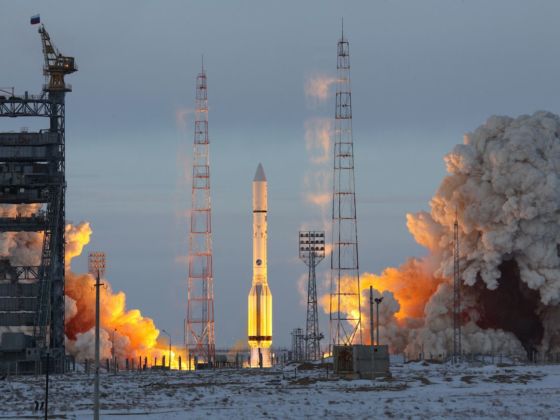YOU’VE BEEN TO remote jungle villages in Papua New Guinea, the desert expanses of the Sahara, even the frozen wasteland of Antarctica. Next, the stars?
To really experience the final frontier — today — you only have one option:
The International Space Station
Since November of 2000, the ISS has been continually occupied by rotating multinational “Expedition” crews. These men and women carry out scientific experiments and assist in the ongoing construction of the station, due to be completed by 2011.
